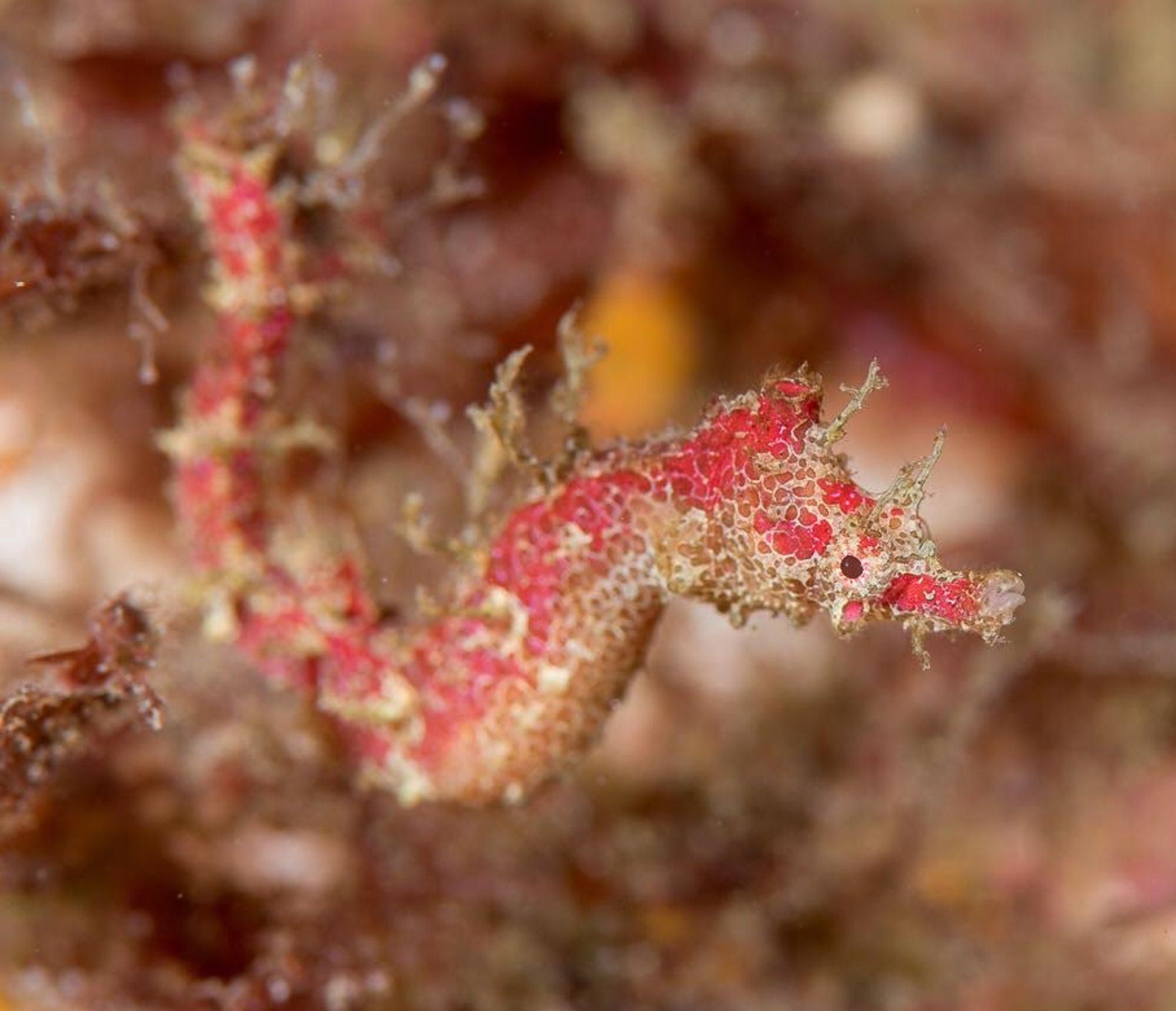New species of pipehorse officially given Māori name in historic step for indigenous rights
The new species of pygmy pipehorse was discovered off the New Zealand north coast

A pygmy pipehorse discovered off the New Zealand’s north coast was given a Māori name in what is believed to be the first time that an indigenous group has been formally listed as the naming authority of a new animal species.
The pygmy pipehorse, a fish closely related to the seahorse, has been namedCylix tupareomanaia by kaumātua (senior leaders) of Ngātiwai in a collaboration with biodiversity scientists, Dr Thomas Trnski from Tāmaki Paenga Hira Auckland Museum, and Graham Short from the California Academy of Sciences.
The first part of the name, Cylix, is a new genus name and is derived from the Greek and Latin word for a cup or chalice and refers to the cup-like crest on the top of the head of the new species. This characteristic is unique and not observed in other species of pygmy pipehorses from Australia and the Indo-Pacific.
The second part, tupareomanaia, refers to “the garland of the manaia” — manaia being the Māori name for a seahorse. Tupuna (ancestor) is a guardian that appears represented as a stylised figure in wood carvings.
The species common name is manaia pygmy pipehorse. It is small with a maximum size of only 6cm. They live in fine, turfing seaweed up to 17m deep. Their cryptic colours and small size make them very difficult to see as they blend in perfectly with their habitat.
Speaking to The Guardian, a Ngātiwai tribe elder Hori Parata said: “The naming of this taonga [treasure] is significant to Ngātiwai as we know there are stories from our tupuna about this species, but the original name has been lost as a result of the negative impacts of colonisation.”
The indigenous group has become the first to be listed as a naming authority of the new species as they had been observed almost entirely within Ngātiwai’s rohe (customary territory). The other co-authors of the description, Mr Short and Dr Trnski approached kaumātua of Ngātiwai to share in the naming and, as a result, to form part of the species’ scientific name forever, said a press release by Auckland Museum.
“As far as we know, this is the first animal in the world to have the naming authority include a tribal name. It is overdue recognition of traditional knowledge that can contribute to the discovery of new species,” says Dr Trnski in the release.
Cylix tupareomanaia had been observed by divers at the Poor Knights Islands Marine Reserve in 2011, when it was initially thought to be the rare seahorse species Hippocampus jugumus. However, it has eluded discovery on the mainland until a photo was posted on Facebook in 2017. Mr Short recognised it as possibly new, and along with Dr Trnski analysed it to correctly identified it.
The authors of the new name will be permanently linked to the species name, as required under the International Code of Zoological Nomenclature – the rulebook for naming new species.
Join our commenting forum
Join thought-provoking conversations, follow other Independent readers and see their replies
Comments